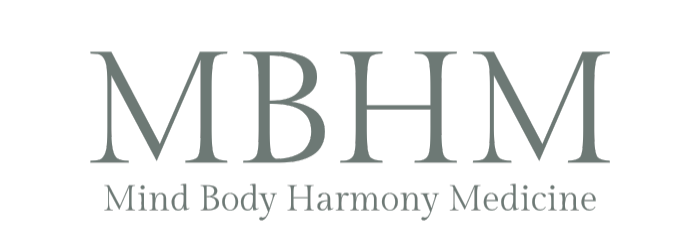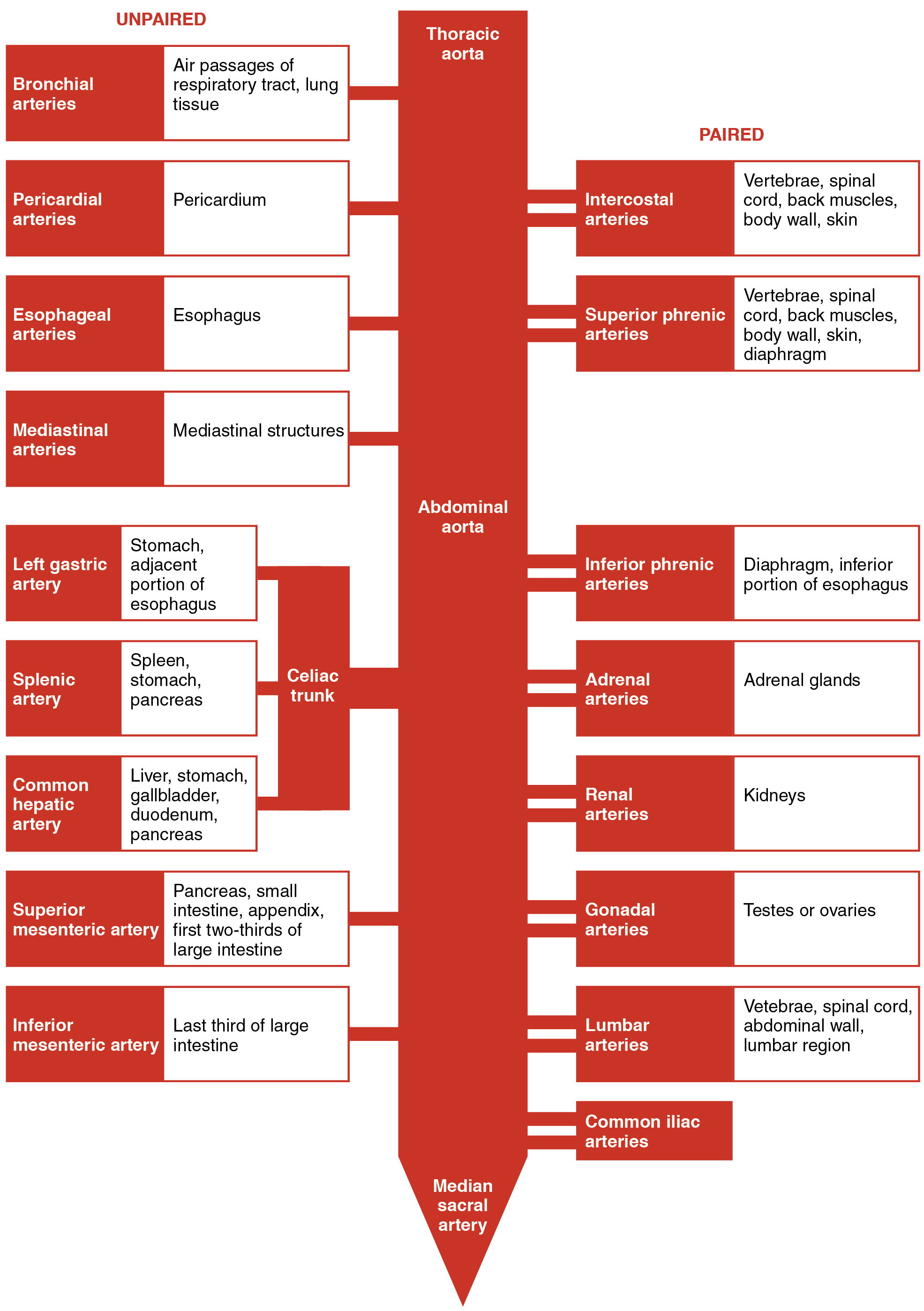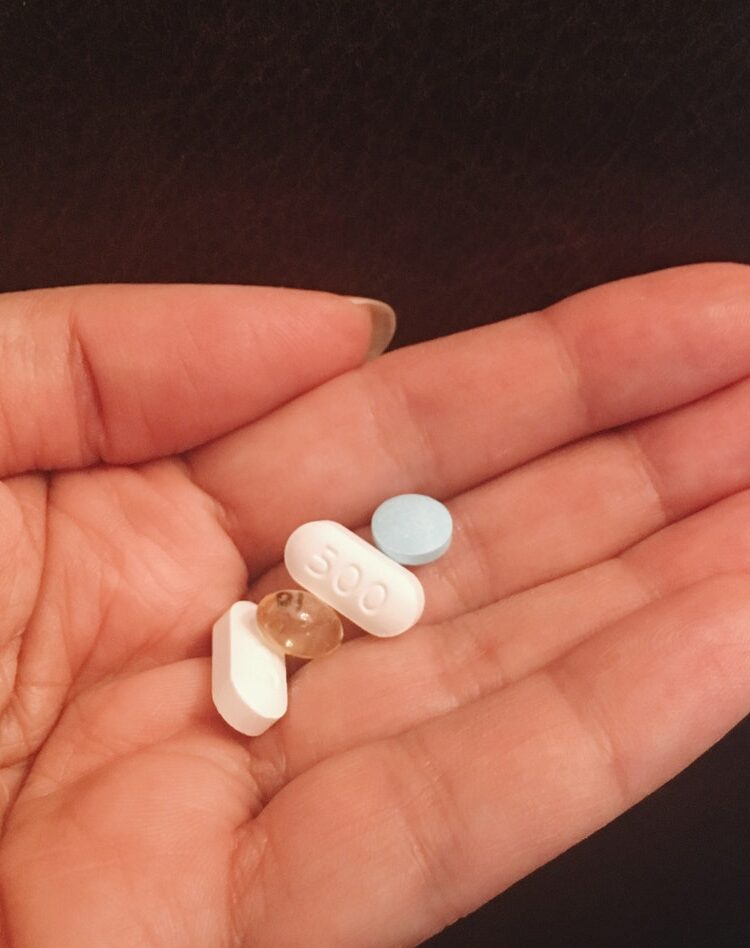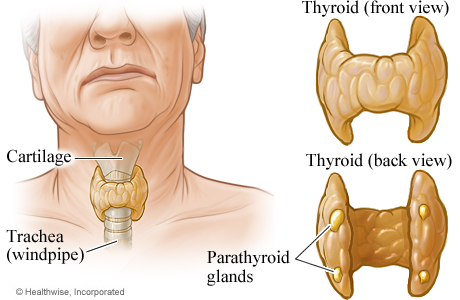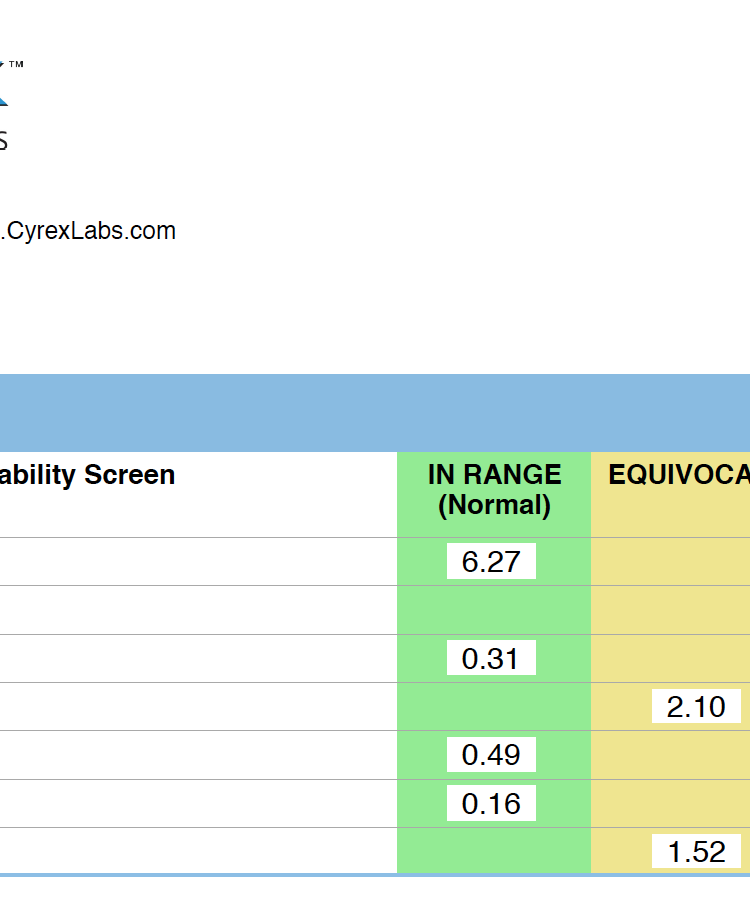This is a picture of the abdominal aorta and all of the arteries that branch off it.
The abdominal aorta is the largest artery in the abdomen that provides blood to the organs and tissues of the abdomen, pelvis, and legs. It branches off into several places to form major arteries of the abdomen.
One of the places that the abdominal aorta branches off into is the Lumbar arteries, which are of course responsible for providing blood supply to the lumbar spine (low back). The Lumbar discs require proper blood supply from the lumbar arteries.
Just in case you don’t know what the lumbar spine is:
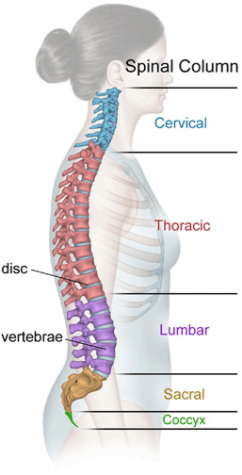
The Research:
- In 1995, a Finnish study found that the average person with a history of low back pain had TWO ARTERIES to the low back completely blocked. Plus ONE MORE narrowed (but not blocked yet.)
- The study concluded that the greater the blockage, the worse the degeneration of the disk.
- Kurunlahti, et al., 1999 observed that 55% of the 29 patients with low back pain had atherosclerotic calcification’s visible on scans of the abdominal aorta vs. 21% of the age-matched patients without low back pain that had calcification’s.
- 48% patients with low back pain who were 50 years or younger had aortic calcification’s vs. only 8% of the patients without low back pain aged less than 50 years had aortic calcifications.
- The study concluded a significant association between abdominal aorta calcification and low back pain
Testing:
- Espanhbodi et al., 2013 stated that an ultrasound can reliably be used as a clinical tool to visualize and quantify blood flow in lumbar arteries of patients with low back disorders. If you suffer from low back pain, this is something you should ask your physician to do for you.
What You Can Do Low-Back Pain Due to Lumbar-Artery Disease
Prevention is the cure!
1. Quit Smoking:
If you are a smoker, you have to stop permanently. You cannot have a healthy, functional body and live a long life if you are poisoning yourself with cigarettes.
2. Check Your Homocysteine Level:
Your homocysteine level should be between 4.0 – 7.0. This is a waste product that can build up and damage the arterial walls.
It also has significant associations with Alzheimer’s Disease, Stroke, and Heart Attacks. You need to take methylated B vitamins to recycle homocysteine out of your body.
3. Eat Healthily
Make sure you’re every day eating a lot of leafy greens, blueberries, blackberries, and apples.
4. Don’t Be Afraid to Have Garlic Breath:
Orekhov & Grunwakl, 1997 found garlic to indirectly affect atherosclerosis by having cholesterol-modulating effects, improving blood pressure, improving blood sugar/insulin resistance, and prevents thrombus (blood clot) formation. In addition, in animal models, garlic causes direct antiatherogenic (preventive) and antiatherosclerotic (causing regression) effects at the level of artery.
5. Research Hawthorn Fruit:
Zhang et al., 2014 found that hawthorn berry to exert a protective effect against atherosclerosis and significantly decreased atherosclerotic lesions.
It also decreased the levels of cholesterol/triglycerides, including very-low-density lipoprotein(VLDL) and low-density lipoprotein(LDL).
6. Exercise:
You have to get out and move your body, get your blood flowing. Stagnation is a killer! Look into a standing desk if you are at a job in which you sit all day.
7. Acupuncture:
Acupuncture is literally good for EVERYTHING. Especially improving blood flow!
More Helpful Blog Posts on Preserving Your Health
- Dissolve Breast Cysts With Frankincense Oil
- Hypertrophic Cardiomyopathy: An interview with the 27-year-old who’s heart stopped for 4 minutes
- Tonsil Stones Can Be A Manifestation Of Dairy Sensitivity
- Mushrooms Lower Thyroid Antibodies: Hashimotos & Graves Disease
- GI Maps Stool Test: What Your GI Doctor May Be Missing
- The Most Important Test For Alzheimer’s, Stroke & Heart Attack
References:
- Association of atherosclerosis with low back pain and the degree of disc degeneration
- Study on back pain due to lumbar-artery disease.
- Color Doppler ultrasonography of lumbar artery blood flow in patients with low back pain
- Effects of garlic on atherosclerosis
- Hawthorn fruit attenuates atherosclerosis by improving the hypolipidemic and antioxidant activities in apolipoprotein e-deficient mice
